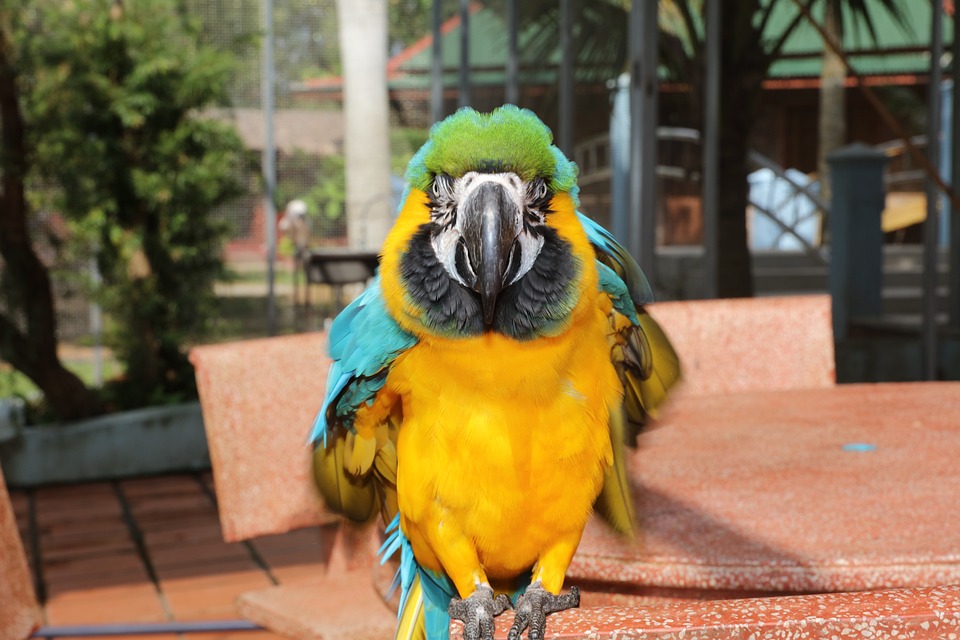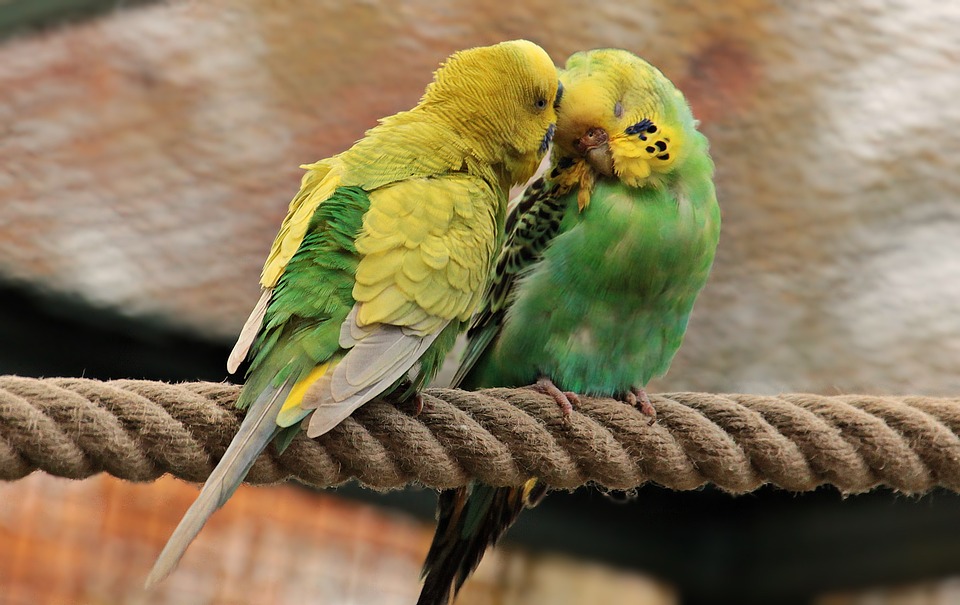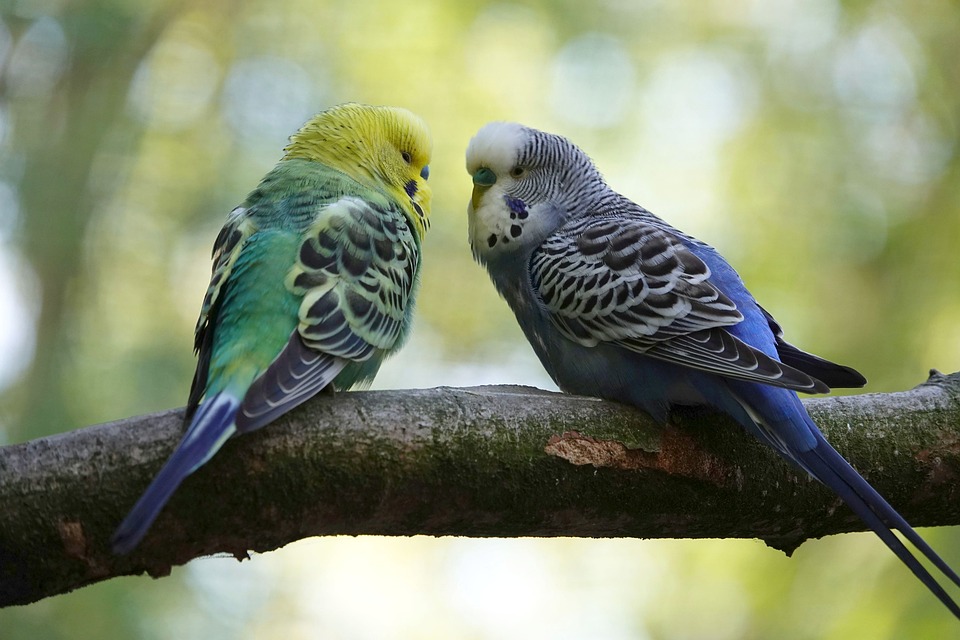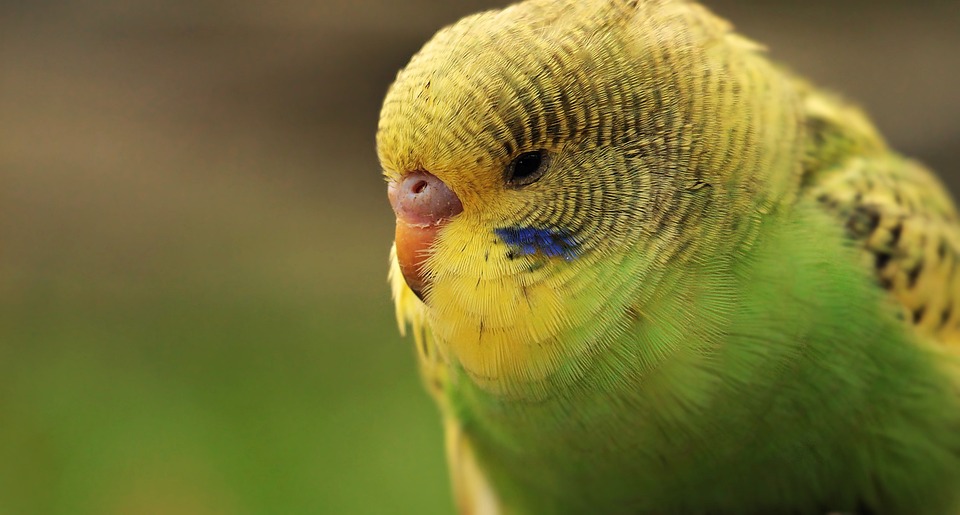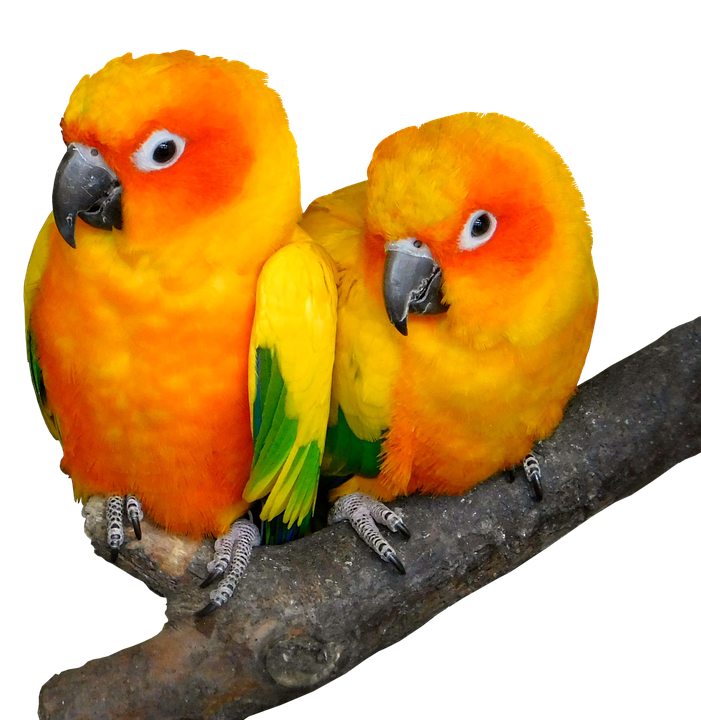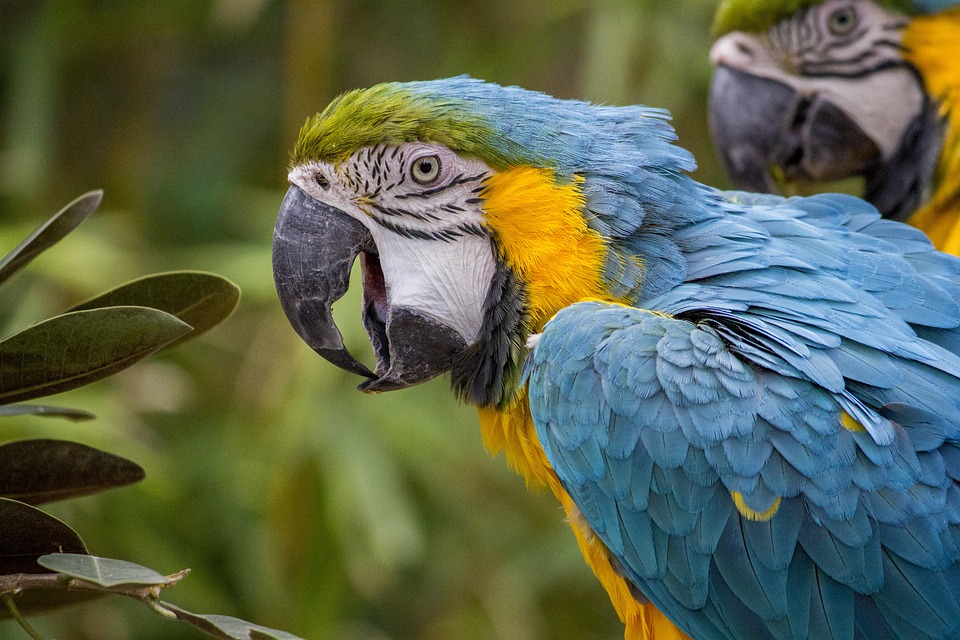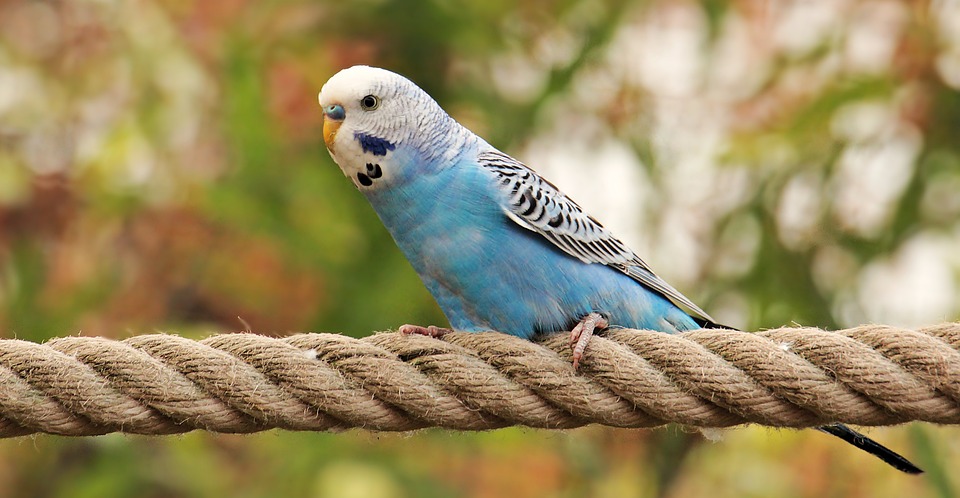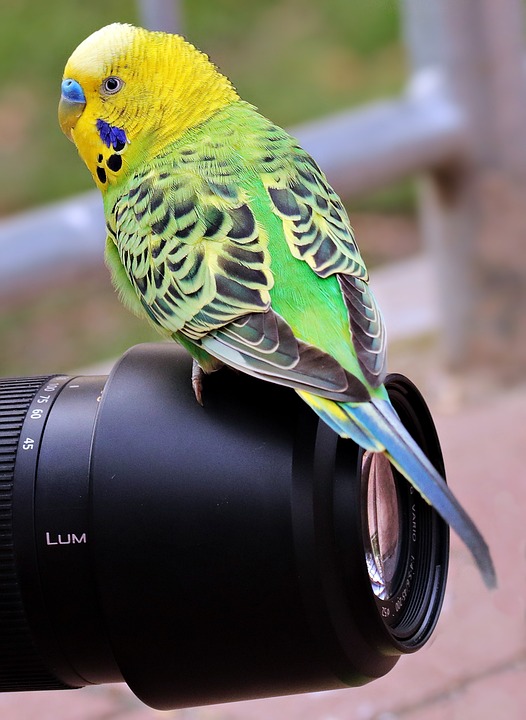**Title: Positive Reinforcement Techniques for Calm Parrot Nail Trims**
**Introduction:**
Maintaining your parrot’s nail health is crucial for their well-being, but many parrot owners struggle with the stressful task of nail trims. However, using positive reinforcement techniques can help create a calm and cooperative environment during this necessary grooming routine. In this article, we will explore effective strategies to reinforce calm behavior in parrots during nail trims, ensuring a stress-free experience for both you and your feathered friend.
**I. Understanding Parrot Behavior during Nail Trims**
A. The Importance of Nail Trims for Parrots’ Health
Regular nail trims are essential for parrots to prevent overgrown nails, which can lead to discomfort and potential injuries. Trimming their nails also reduces the risk of them getting caught on surfaces or objects.
B. Common Challenges and Stressors
Parrots are naturally cautious creatures, and many find nail trims to be a frightening experience. Common stressors include the noise of the nail clippers, the feeling of restraint, and the unfamiliarity of the process.
**II. Positive Reinforcement Techniques for Calm Nail Trims**
A. Creating a Positive Association with Nail Trims
1. Gradual Desensitization
Start by gradually introducing your parrot to the concept of nail trims. Begin by simply showing them the nail clippers without any intention of trimming their nails. Gradually increase their exposure to the clippers over time, rewarding them with treats and praise for calm behavior.
2. Pairing Nail Trims with Rewards
Associate nail trims with positive experiences by offering your parrot their favorite treats during and after the trimming session. This positive reinforcement will help them associate nail trims with something enjoyable.
B. Using Target Training for Cooperative Behavior
1. Introducing Target Training
Target training involves teaching your parrot to touch a designated target, such as a small stick or a colorful object, with their beak. By using target training, you can guide your parrot to adopt specific positions that allow for easier and safer nail trims.
2. Shaping Desired Nail Trimming Positions
Gradually shape your parrot’s behavior by rewarding them for small steps towards the desired nail trimming positions. For example, reward them when they lift their foot slightly or allow you to touch their nails. Slowly increase their tolerance until they are comfortable with the full nail trimming process.
C. Desensitizing to the Nail Trimming Tools
1. Familiarizing Your Parrot with Tools
Introduce your parrot to the nail clippers and other grooming tools gradually. Allow them to explore and interact with these tools in a positive and controlled environment. Offer treats and praise to create a positive association with the tools.
2. Counterconditioning Negative Associations
If your parrot shows fear or anxiety towards the nail clippers, countercondition their negative associations by pairing the presence of the clippers with positive experiences. For example, present the clippers while offering their favorite treat or engaging them in an enjoyable activity.
**III. FAQs: Addressing Common Concerns about Nail Trims**
A. How often should I trim my parrot’s nails?
The frequency of nail trims depends on the growth rate of your parrot’s nails. Generally, a trim every 4-6 weeks is recommended, but individual parrots may require more or less frequent trims.
B. What if my parrot becomes aggressive or fearful during nail trims?
If your parrot displays aggression or fear during nail trims, it is important to take a step back and reassess your approach. Consult with a professional avian veterinarian or a certified parrot behaviorist who can provide guidance tailored to your parrot’s specific needs.
C. Can I use negative reinforcement or punishment to control my parrot during nail trims?
Negative reinforcement or punishment should never be used during nail trims or any other training sessions. These methods can cause stress, fear, and damage the trust between you and your parrot. Positive reinforcement is the most effective and humane way to encourage desired behavior.
D. Are there any alternatives to nail trims for parrot nail maintenance?
Regular nail trims are the most effective way to maintain your parrot’s nail health. However, providing appropriate perches and toys that help naturally wear down their nails can aid in reducing the frequency of trims.
E. My parrot is resistant to training, what can I do?
Every parrot is unique, and some may require more time and patience when it comes to training. Consult with a professional parrot behaviorist who can assess your parrot’s specific needs and provide tailored guidance to improve their training progress.
**Conclusion**
By implementing positive reinforcement techniques, you can transform nail trims from a stressful event into a rewarding experience for your parrot. Remember, patience, consistency, and understanding are key when working with your feathered companion. With time and practice, you can reinforce calm behavior during nail trims, promoting a healthier and happier parrot.

